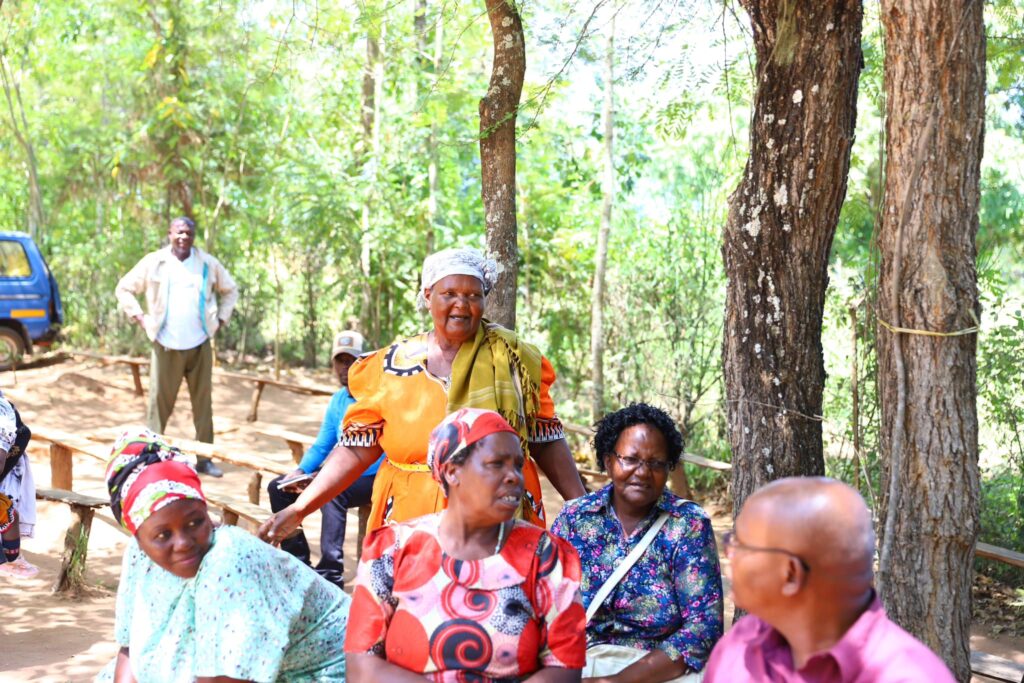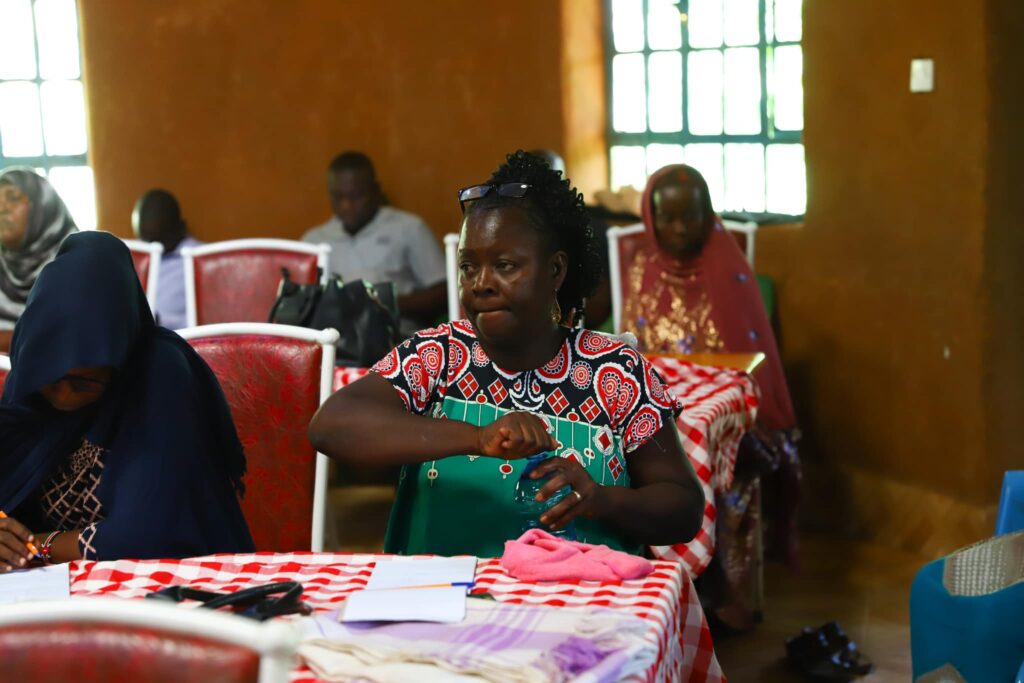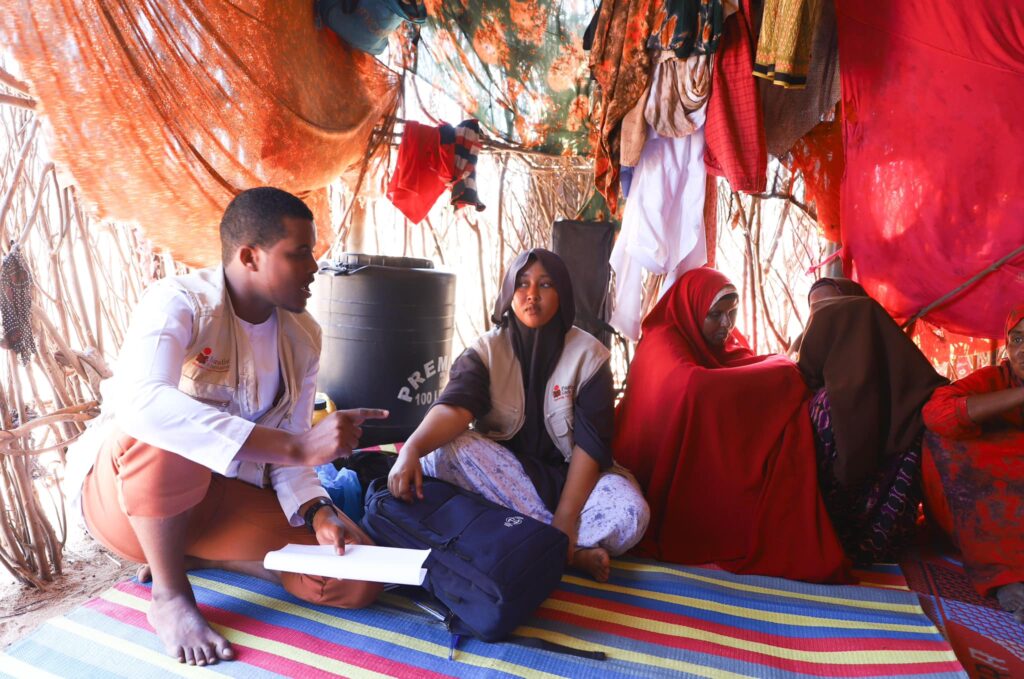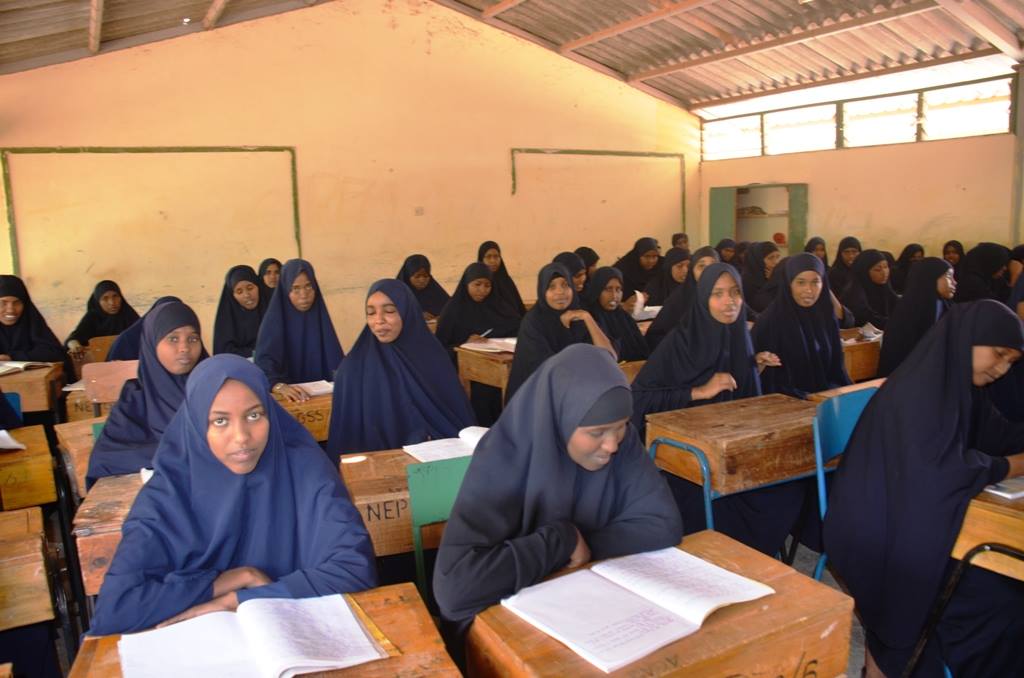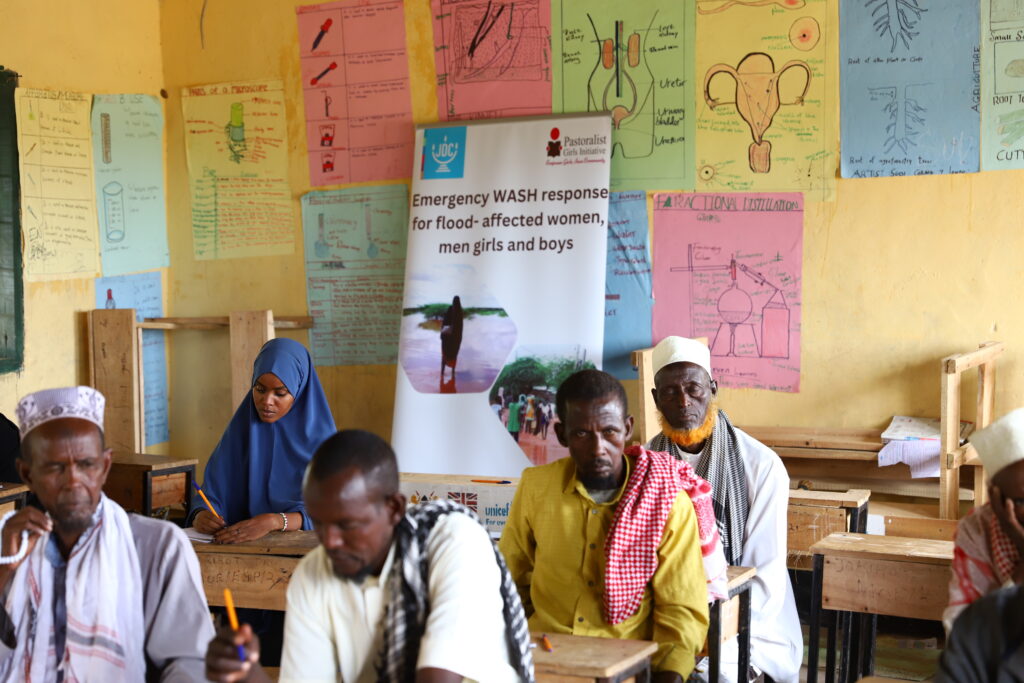Empowered 3,000 youths to promote protective behaviors against GBV and VAC, forming 10 youth groups.
The Health and Gender Pillar has made significant strides in addressing systemic challenges through various strategic objectives and partnerships in 2024. This year, PGI focused on reducing gender-based violence (SGBV), improving access to sexual and reproductive health (SRH) services, and promoting gender justice. Through innovative programs and strong collaborations with government agencies, local organizations, and international donors, meaningful progress was achieved in empowering women and girls, fostering community-led solutions, and influencing policy change. Despite challenges such as resource limitations and regional disparities, the future outlook remains optimistic, with a focus on holistic interventions to promote gender equity and justice.
Health and Gender Pillar
Summary of Key Achievements
- Gender-Sensitive and Child Protection Training: Conducted training for School Management Committees, community leaders, and local administrators on ending violence against children and promoting gender-sensitive child protection practices.104 participants (68 females, 36 males) trained on gender-sensitive child protection.
- Youth and Women-Led Organizations: Supported 33 youth and women-led organizations with training on Gender, Safeguarding, and PSEA, creating linkages with child protection service providers.
- Advocacy and Awareness Campaigns: Engaged in advocacy and awareness-raising initiatives focusing on negative practices such as child marriage and barriers to education, reaching vulnerable communities.
- Non-Food Item Distribution: Distributed NFIs to 408 flood-affected families, supporting vulnerable groups including female-headed households, persons with disabilities (PWDs), and GBV survivors.
- Resilience Programs: Provided support through parenting without violence programs and Village Savings and Loans Associations (VSLA) to promote safe families and address household violence.2 women’s groups (40 beneficiaries) engaged in resilience programs.
- Youth Empowerment: Empowered 3,000 youths to promote protective behaviors against GBV and VAC, forming 10 youth groups.
- Teen Mothers Support Groups: Established 8 support groups for teen mothers, supporting 132 beneficiaries with dignity kits.
- Community-Led Dialogues: Facilitated 10 community dialogue groups, involving 200 CDL Members, to address behavioral drivers of GBV and VAC.
- Training Initiatives: Conducted training for community dialogue facilitators and local administrators on child protection and gender-sensitive case management.
- Community Engagement: Supported the Day of the African Child and engaged 3,450 community members through community action plans on Male Engagement and GBV awareness.
- Gender-Sensitive Dialogues: Addressed gender roles, stereotypes, and social norms through community dialogues.
Goals of the Year
PGI is committed to a comprehensive approach in 2025, focusing on reducing SGBV by 20%, increasing SRH service access by 50%, and advocating for gender-related legislation by 2026. Collaborative efforts with local stakeholders, government agencies, and international donors will continue to drive progress in gender justice and women’s empowerment. By conducting rapid assessments and engaging communities, PGI aims to address systemic issues and foster an inclusive and sustainable environment for women and girls.
- Mission and Vision: Reaffirm PGI’s commitment to supporting pastoralist communities, especially girls and women.
At the heart of the Pastoralist Girls Initiative (PGI) is a steadfast commitment to supporting pastoralist communities, with a particular focus on empowering girls and women. Recognizing that sustainable development in pastoralist regions is intricately linked to gender equality and robust protection systems, PGI designs its gender programming to address the root causes of gender-based violence (GBV), early marriages, female genital mutilation (FGM), and limited access to education.
PGI’s approach centers on fostering the active involvement of women and girls as catalysts for change, challenging harmful gender norms, and promoting inclusive environments. Through strategic partnerships with government agencies, civil society organizations, and community-based networks, PGI advocates for gender-responsive policies and stronger legal frameworks that prioritize the protection and well-being of women and girls.
Beyond immediate responses to violence against women and girls (VAWG), PGI emphasizes long-term strategies that promote institutional accountability and gender-sensitive resource allocation. This involves building the capacity of local women’s rights organizations (WROs), supporting community-led initiatives, and advancing gender-responsive budgeting within government structures. Initiatives such as the Girls Education Challenge and NiSasa Project have successfully empowered thousands of girls through education, reproductive health training, and economic opportunities, ensuring that their voices are heard and their rights upheld.
PGI’s unwavering dedication to gender equality and protection is evident in its continuous efforts to create inclusive and safe communities where individuals, regardless of gender, can thrive and reach their full potential
- Supported training for children officers, local child protection organizations, and CP community resource persons on case management, making them frontline responders to survivors of abuse, GBV, and MHPSS in collaboration with the Directorate of Children Services. 39 participants (14 males, 25 females).
- Provided stipends to 30 Child Protection Volunteers (CPVs) for three months to sustain their engagement in child protection activities.
- Conducted awareness sessions by community change agents, CPVs, youth and women-led groups, and local child protection organizations to sensitize the community on CP and re-enrollment of children—including girls and boys engaged in child labor, girl mothers, and children with disabilities—back to schools. 1850 beneficiaries reached (928 females, 922 males).
- Trained and supported youth and women-led organizations on Gender, CP (Safeguarding & PSEA), and created linkages with child protection service providers (children officers, health workers, education officers). 33 participants (16 males, 17 female).
- Enhanced the capacity of PTAs on school management, development of resilient, inclusive, conflict-sensitive, gender-responsive school improvement plans. 114 participants (62 males, 52 females).
- Conducted training sessions for child protection volunteers, community health volunteers, women’s groups, youth champions, and community members to equip them with knowledge and best practices in GBV prevention, safe referrals, and services for survivors. 40 participants (33 males, 7 females).
- Trained adolescent girls on financial literacy and saving methodology.
- Trained 176 children and school communities on comprehensive healthy hygiene promotion practices, MHM, MHPSS, SEL, CCSSF mentorship, and life skills, including the school re-entry policy.
- Conducted workshops and awareness campaigns to educate women and girls about their rights, available services, and reproductive health options.
- Provided comprehensive information on reproductive health, family planning, contraception, menstruation, pregnancy, maternal health, and STIs.
- Guided participants on accessing reproductive health services such as prenatal care, safe childbirth options, and contraception.
- Training of adolescent girls on financial literacy and saving methodology.
Advocacy and Policy Influence
- Facilitated the commemoration of key events such as 16 Days of Activism, including the Official Launch, Legal Awareness/Open Day, Volunteer’s Recognition Day, and the Commemoration Day, International Day of the Girl Child.
- Organized a two-day training session in Dadaab to support advocacy campaigns raising awareness about women’s rights and advocating for legal reforms to empower and protect women’s rights.
t
- Trained reproductive health specialists, hospital management, and lab technicians on GBV services, safe referrals, and GBV prevention.
- Supported and conducted training for children officers, local child protection organizations, and CP community resource persons on case management and promoting school re-entry.
- Provided information on legal rights, including gender equality, domestic violence, harassment, and discrimination.
- Raised awareness of laws protecting women and girls in education, employment, and marriage, offering guidance on reporting and seeking help for rights violations.
- Conducted a hazard mapping exercise with children, schools, communities, and education officials to inform resilient programming.
- Trained social workforce on emerging humanitarian protection risks for children, case management, referral mechanisms, and best practices in CPiE and EiE programming. 40 participants (11 females, 29 males).
- Supported the coordination of county child protection and Education in Emergencies Working Groups to advocate for and amplify voices of crisis-affected children on EiE and child protection. 30 participants (24 males, 6 females).
- Conducted comprehensive training sessions for PGI staff on case management and referral pathways. 24 participants (8 males, 16 females).
- Empowered survivors of GBV through storytelling (Shaah iyo Sheko) consisting of 6 groups of 10 participants.
- Provided capacity building for partner staff on GBV case management and referral pathways.
- Deeply rooted cultural norms and limited engagement: Resistance to change in deeply ingrained cultural practices affects both men and women, especially in remote areas, making it difficult to fully engage in discussions around gender equality and women’s empowerment.
- Limited legal awareness and advocacy: Many community members, particularly in rural areas, have limited understanding of legal frameworks protecting women’s rights, hindering effective advocacy and access to services.
- High prevalence of GBV and inadequate support systems: Gender-Based Violence remains widespread due to socio-cultural norms, poverty, and limited access to shelters and rescue centers for survivors, particularly in rural and marginalized areas.
- Lack of adolescent-friendly health services and high teenage pregnancies: Limited access to adolescent-friendly health services contributes to high rates of teenage pregnancies and early marriages, leaving girls vulnerable.
- Frequent climate-related challenges and livelihood impacts: Climate change exacerbates food and livelihood insecurity, disproportionately affecting women and girls who face limited opportunities for sustainable livelihoods.
- High dropout rates and unsafe school environments: Economic hardship, child marriage, and unsafe schools lead to high dropout rates for girls, limiting their access to quality education and future opportunities.
- Limited coordination between government and non-governmental actors: Poor coordination results in uneven resource allocation and inconsistent support for communities, particularly during emergencies.
- Limited implementation and enforcement of policies: Existing child protection and GBV policies face challenges in execution, creating gaps in enforcement and protection mechanisms.
- Gaps in handling GBV and child protection cases: Inadequate resources, legal frameworks, and training for justice system actors hinder effective management of GBV and child protection cases, especially in remote areas.
- Insufficient support for Child Protection Volunteers (CPVs): CPVs experience burnout due to limited financial incentives, training, and psychosocial support, particularly in isolated regions.
- Limited awareness among parents and guardians about child rights: Cultural and social norms undermine parental involvement in child protection, leading to insufficient oversight and guidance for children.
- Limited safe spaces and youth-friendly centers: Existing facilities lack capacity and resources to support GBV and VAC survivors, resulting in inadequate services for vulnerable groups.
- Poor coordination and referral pathways: Weak linkages between actors in child protection, GBV, and VAC prevention lead to fragmented services and ineffective interventions.
- Underfunded community-based child protection structures: Community child protection committees and school-based child rights clubs are under-resourced, limiting their effectiveness in formal child protection frameworks.
- Limited training for justice system service providers: Justice system actors are often undertrained in handling cases with a gender and child-sensitive approach, impeding justice for survivors, especially in remote areas.
Fun Facts About our ACHIEVMENTS
Parents on child protection
Dropouts to re-enroll to vocational education.
Teachers 100 teachers through professional development programs.
